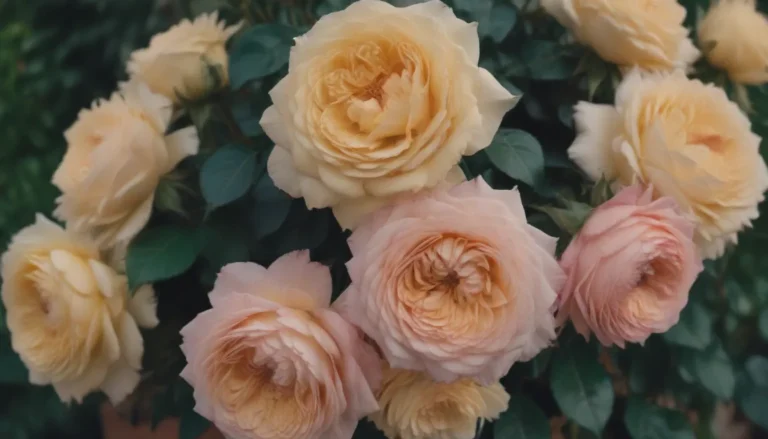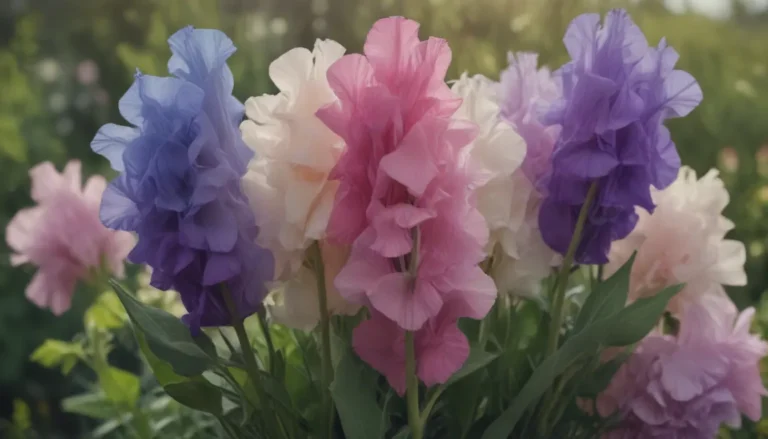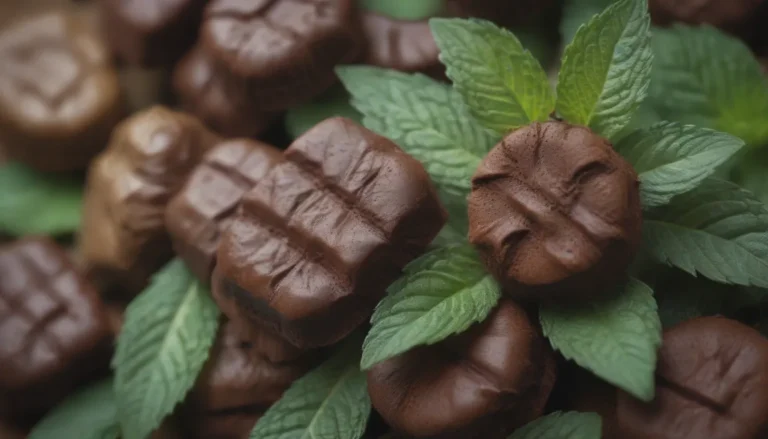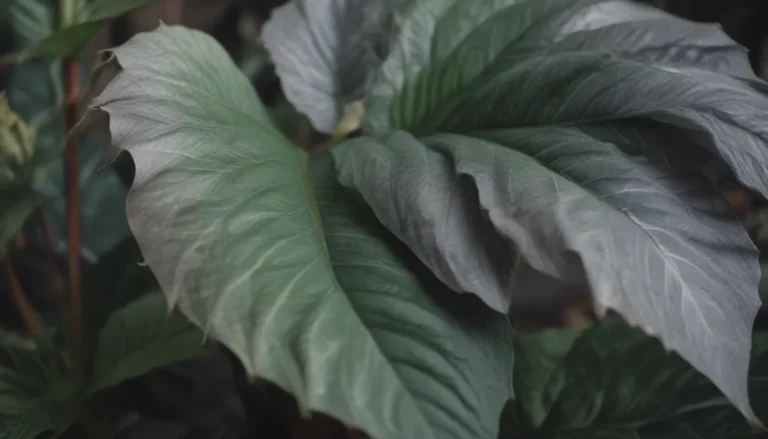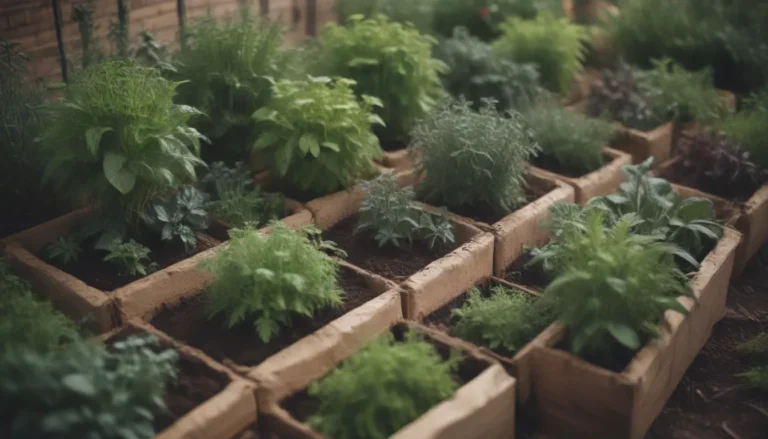The Ultimate Guide to Growing and Caring for Calathea Orbifolia
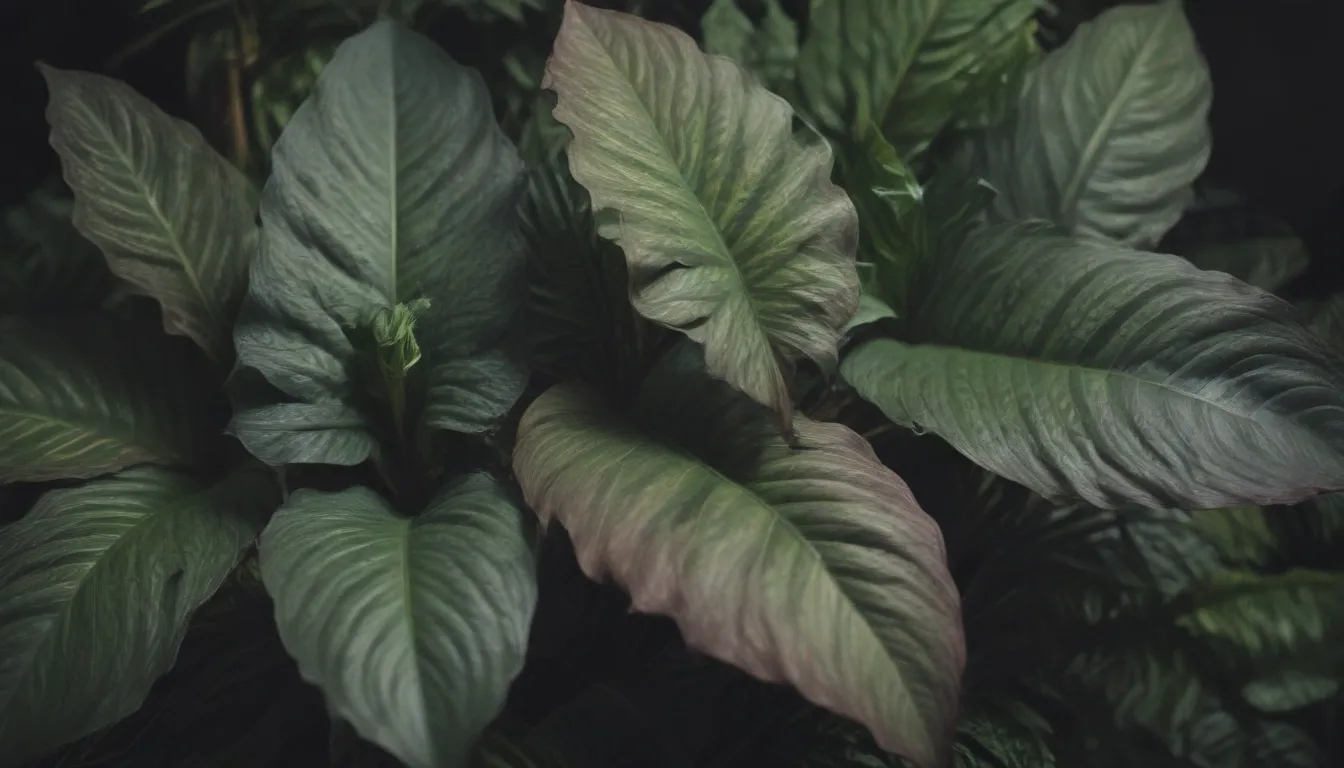
If you’re a plant enthusiast looking to add a striking tropical beauty to your indoor garden, look no further than the Calathea Orbifolia. This stunning plant is known for its distinctive silver-green stripes and large, luxuriant leaves, making it a bold statement piece in any home. While the Calathea Orbifolia may not be the easiest plant to care for, with the right knowledge and attention to detail, you can enjoy its beauty and lush foliage in your own space.
Why Choose Calathea Orbifolia?
Calatheaspecies are highly coveted by plant lovers for their unique markings and patterns on their leaves. The Calathea Orbifolia, in particular, stands out with its round-shaped leaves and striking silver-green stripes. While these plants may be a bit more challenging to care for compared to other houseplants, they offer a range of benefits that make them worth the effort:
- Fast-growing: Calathea Orbifolia is a fast-growing plant, meaning you can enjoy watching it thrive and evolve over time.
- Pet-friendly: If you have furry friends at home, rest assured that the Calathea Orbifolia is safe for pets, adding a touch of nature to your space without any worries.
- Lush and eye-catching: The bold foliage of the Calathea Orbifolia adds a vibrant touch to your indoor garden, making it a focal point in any room.
Calathea Orbifolia Care Tips
To help your Calathea Orbifolia thrive and flourish, it’s essential to provide the right care and conditions. Here are some key tips to keep in mind:
Light
Proper lighting is crucial for the health of your Calathea Orbifolia. To maintain lush, healthy foliage, make sure to provide indirect light to the plant. Direct sun exposure can lead to leaf scorch and fading patterns, while low light conditions may result in less vibrant leaves. Rotating the plant every month can help promote balanced growth and ensure all parts of the plant receive adequate light.
Soil
Calathea Orbifolia has delicate roots, so it’s important to use a fine, lightweight potting mix that retains moisture. Opt for a mix designed for plants that require consistent moisture, such as African violets. You can also create your own slightly acidic mix using peat moss, perlite, and vermiculite. Ensure the pot has proper drainage to prevent waterlogging, which can lead to root rot.
Water
Proper watering is key to the health of your Calathea Orbifolia. Check the top layer of soil regularly and water when it feels dry to the touch. Avoid overwatering, as soggy roots can lead to root rot. Water from the bottom to ensure moisture reaches the roots, and drain any excess water to prevent waterlogged soil. Use distilled or filtered water to avoid mineral buildup that can cause leaf damage.
Temperature and Humidity
Calathea Orbifolia thrives in warm, humid conditions. Maintain temperatures between 65 and 75 degrees Fahrenheit and humidity levels above 50% to keep your plant healthy. If your home lacks natural humidity, consider using a humidifier, terrarium, or tray of water to increase moisture levels. Regular misting can also help create a more humid environment for your plant.
Fertilizer
While occasional fertilization can promote healthy foliage growth, be cautious not to overdo it. Apply a weak dose of nitrogen-rich fertilizer once a month during the growing season, but avoid excessive fertilization, as it can damage the leaves.
Pruning and Propagating Calathea Orbifolia
With minimal pruning requirements, caring for Calathea Orbifolia is relatively low maintenance. Remove any dying or dead leaves by trimming the stems to redirect energy to new growth. When propagating Calathea Orbifolia through root division, ensure you have a healthy, mature plant for best results.
Potting and Repotting
When repotting Calathea Orbifolia, choose a slightly larger pot with proper drainage. Be gentle when handling the roots to minimize transplant shock, and avoid disturbing the plant unnecessarily. Fill the new pot with fresh potting mix while retaining some of the original soil to support the plant’s growth.
Common Pests and Problems
Keep an eye out for spider mites, which are attracted to the foliage of Calathea Orbifolia in low humidity environments. Address any pest issues promptly to protect your plant. Additionally, watch for common problems such as yellowing leaves (a sign of overwatering), curling leaves and brown tips (indicating insufficient water or humidity), and drooping or dropping leaves (a signal of inadequate water and humidity levels).
In conclusion, the Calathea Orbifolia is a stunning plant that can add beauty and vibrancy to your indoor garden with the right care and attention. By following these tips and best practices, you can ensure that your Calathea Orbifolia thrives and flourishes in your home. Consider adding this tropical beauty to your plant collection for a touch of nature and elegance.
